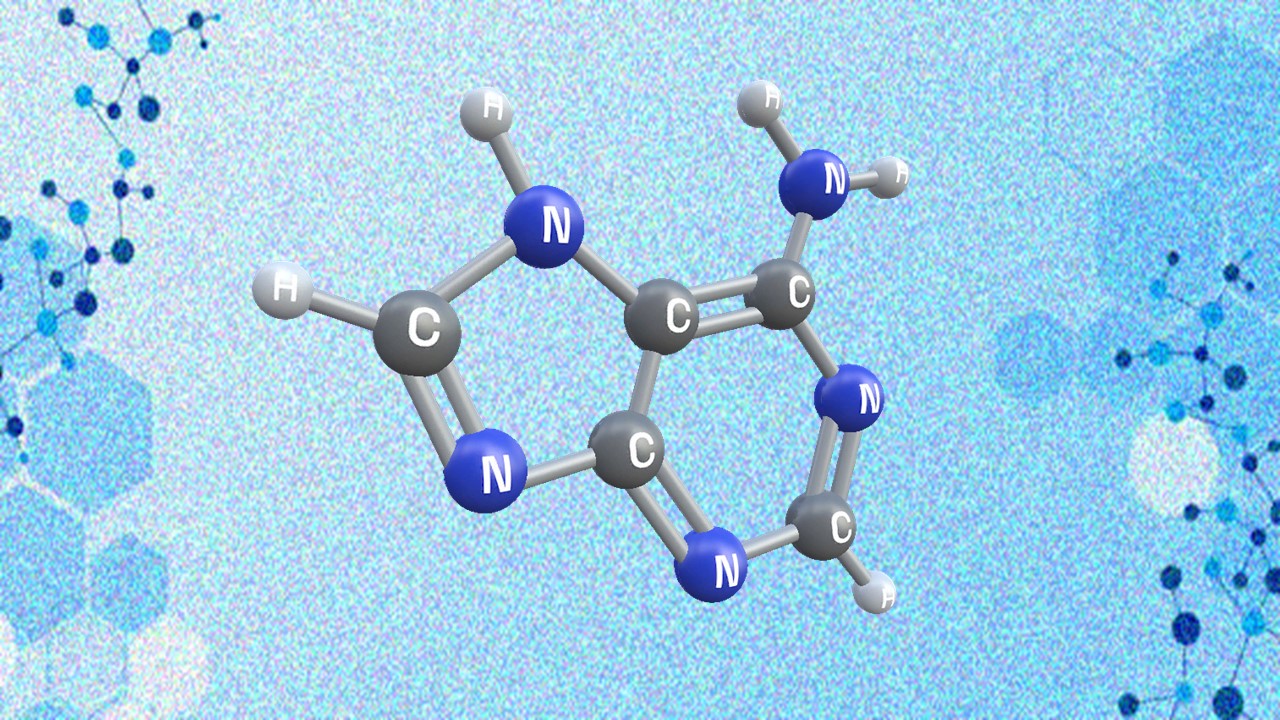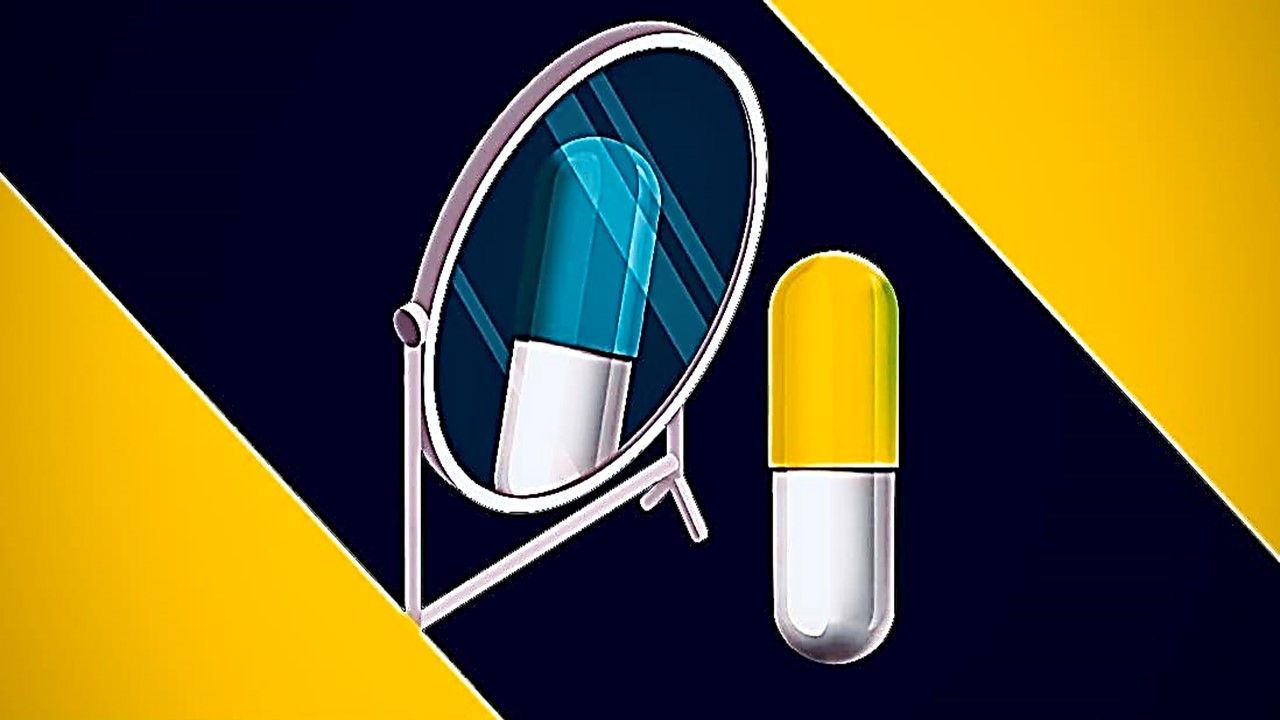
The recent advancements in surgical glue development highlight the adaptability and biocompatibility of synthetic polymers in the human body. In recent years, researchers have investigated the desirable properties of natural and synthetic polymers which make them suitable candidates for drug delivery systems. Polymeric gene delivery systems in particular is an exciting area of research, and could see the development of an innovative non-viral vector gene delivery system.
Introduction
Polymers are materials composed of long, repeating chains of molecules. The unique properties of the material is dependent on the types of molecules being bonded and how they are bound.
They are broadly classified as natural and synthetic polymers, and play an important role in any drug dosage form.
Synthetic and natural-based biodegradable polymers have received increasing attention from the pharmaceutical industry. Synthetic polymers are widely used in biomedical applications because of their ability to be fabricated into a wide range of shapes and sizes. Natural polymers on the other hand are polysaccharides, so are typically biodegradable without any side effects.
The stability, biocompatibility and biodegradable properties are desirable components of a drug delivery system. In the last two decades, polymer-based (polymeric) drug delivery systems have evolved substantially and show advantages over alternative methods.
Surgical glue development – synthetic polymers
In addition to drug delivery systems, polymers have been used for a wide variety of applications in medicine. More recently, synthetic polymers have demonstrated their adaptability and have been used to create light-activated, adhesive material to help reseal blood vessels during vascular surgery.
The surgical glue developed by Tissum, uses polymers that have been “designed to be programmed for different uses and ultimately integrate with human tissue as a sealant, adhesive or the foundation of 3D-printed implants”.
The programming of polymers is a relatively new concept, and in June this year, a study led by scientists from the Medical Research Council (MRC) Laboratory of Molecular Biology, in Cambridge, UK were able to use a synthetic genome to reprogramme cells in order to make polymers.
Research investigating the capabilities of polymers across drug development and medical devices is ongoing, and remains an exciting area of innovations.
Polymeric drug delivery systems
In a polymeric drug delivery system, a polymer is used to achieve a predicted controlled or sustained drug release from the system; maintaining persistent therapeutic levels of drug systemically; minimizing the dosing frequency.
The systems can be categorised into (i) matrix (ii) reservoir and (iii) conjugated systems. In a matrix system, the drug can be either “in a dissolved or in a dispersed (amorphous/crystalline) phase, depending on the polymer-drug solubility and concentration of the drug”.
A reservoir-based system on the other hand, contains a drug as a solid core enclosed by a polymeric membrane. Unlike the matrix-based systems, because the dimensions of these systems do not change significantly with time, they provide almost predicted control release. Unfortunately, there is concern regarding the risk of membrane rupture, which could induce ‘dose dumping’, which limits the reliability of the system.
The final approach to polymeric drug design, is the covalent conjugation of the drug(s) with the polymers, which also controls the release profile and prolongs the retention time of a drug in the body. Poly(ethylene glycol)-drug conjugates have shown to increase the overall circulation time, reducing both dose and frequency of administration – this reduces the risk of toxicity and clinical burden for patients.
Natural polymers
Chitosan is an example of a natural-based polymer involved in polymeric drug delivery systems. It is a polysaccharide derived from the natural compound chitin. As a polymer drug delivery system, it has been widely used to form complexes with polyanions (any anion having more than one negative charge, RNA is an example of a polyanion.
Chitosan has a number of favourable properties which makes it a suitable medium for a drug delivery system including non-toxicity; muco-adhesiveness, biocompatibility; biodegradability. A number of biomedical applications have investigated the potential of chitosan salts (aqueous derivatives of chitosan) due to their water solubility.
Synthetic polymers
Poly (ε-caprolactone) is a commonly used synthetic polymer in tissue engineering and is beginning to emerge in drug delivery. As a polymer, it is biocompatible, bio-absorbable, and good environmental stability – however, it can be limited in its usability due to the fact it is hydrophobic, so it struggles to initiate polymer-cell interaction.
Polymeric gene delivery systems
Cell and gene therapy is a constantly evolving area with therapeutic treatment and has shown to make a significant impact for a number of diseases – whether this be symptom management or disease modification. In the research of gene delivery systems, the potential benefits of natural-based and synthetic biodegradable polymers continue to emerge and is an area of focus for many pharma companies.
One of the main benefits for cationic polymers like chitosan, can “mask the negative DNA charges and condense the large genes into the small molecular structures”. The non-viral approach to gene delivery is an attractive target for researchers, with viral vectors introducing concerns regarding safety or immunogenicity. Hence, biocompatible polymeric non-viral vectors are more promising in gene therapy.
According to a recent paper, evidence has demonstrated that the design of polymeric non-viral gene vectors with an optimal structure, charge density, biocompatibility, and stimulus responsiveness ”can deliver therapeutic genes or gene vaccines into tumor-associated immunocytes in an effective and controllable manner for enhanced cancer immunotherapy”. However it was emphasised the data reflecting this statement is not necessarily a timeline and systematic summary, hence continued research is needed to support this finding.
With therapeutic areas like the neurology investigating the efficacy of gene delivery systems for diseases like Parkinson’s, more research is needed to investigate the efficacy of natural and synthetic polymers as drug delivery systems.
Charlotte Di Salvo, Lead Medical Writer
PharmaFeatures
Subscribe
to get our
LATEST NEWS
Related Posts

Medicinal Chemistry & Pharmacology
Synthetic Chemistry’s Potential in Deciphering Antimicrobial Peptides
The saga of antimicrobial peptides unfolds as a testament to scientific ingenuity and therapeutic resilience.

Medicinal Chemistry & Pharmacology
Appreciating the Therapeutic Versatility of the Adenine Scaffold: From Biological Signaling to Disease Treatment
Researchers are utilizing adenine analogs to create potent inhibitors and agonists, targeting vital cellular pathways from cancer to infectious diseases.

Medicinal Chemistry & Pharmacology
The Potential of Benzazepine Derivatives: A Novel Eco-Friendly Synthesis Approach
Benzazepine derivatives, notable seven-membered heterocycles, have gained pharmaceutical interest for their diverse bioactive properties.

Medicinal Chemistry & Pharmacology
Bioavailability and Bioequivalence: The Makings of Similar and “Close Enough” Drug Formulations
Scientists are striving to understand bioavailability complexities to ensure the equivalence of drug formulations from different manufacturers, crucial for clinical effectiveness.









